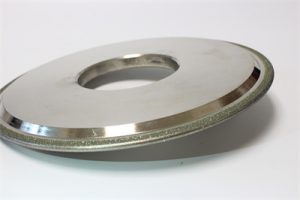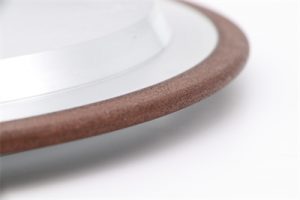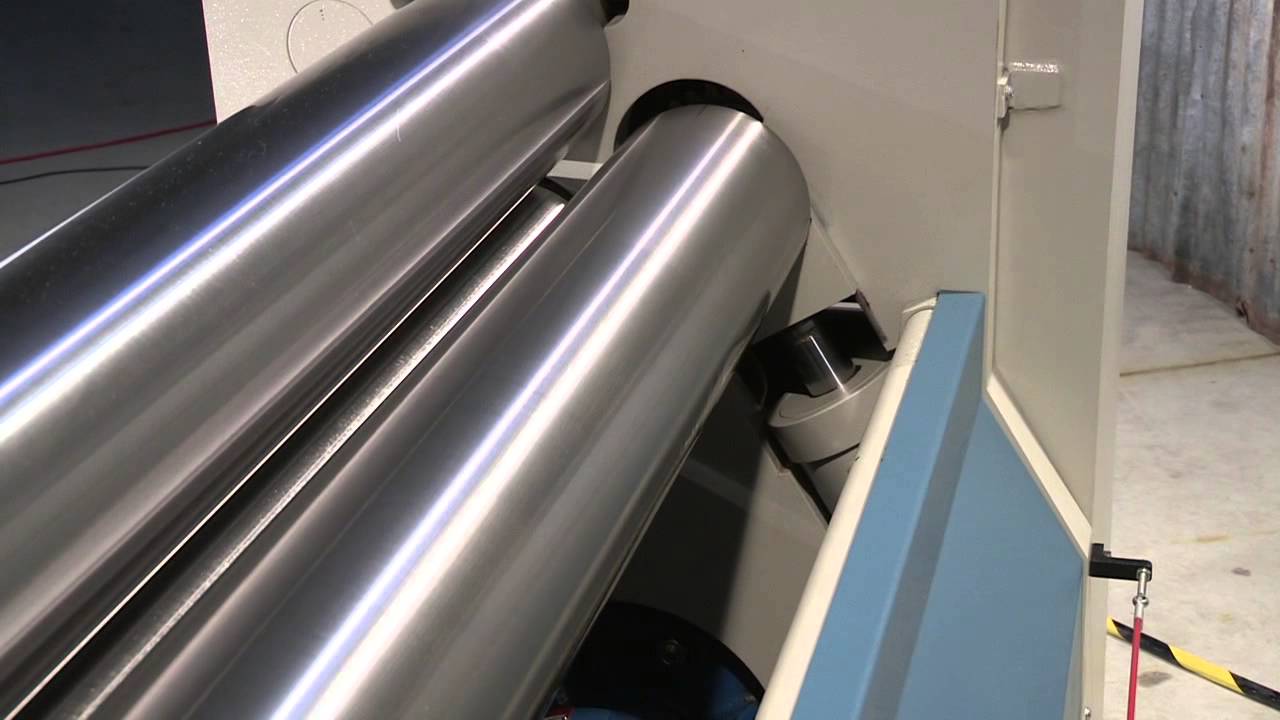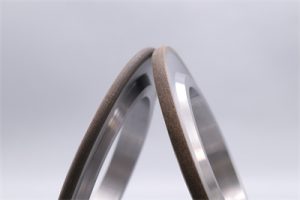What problems should be paid attention to in the process of roller grinding machine?
During the roll grinding process, there are many problems occurs, how to solve these problems?
The roll is the tool that produces plastic deformation of metal, and it is an important consuming part that determines the efficiency of rolling mill and the quality of rolling material. Roll is an important part of rolling mill. It uses a pair or a group of rollers to roll and roll the steel. It mainly bears the influence of dynamic and static load, wear and temperature change during rolling. During the process of roll grinding , the grinding accuracy and grinding efficiency of the roll grinder directly affect the rolling quality and production efficiency of steel plates.
Due to high-temperature oxidation and mechanical wear in the process of steel rolling, the geometric accuracy of the surface will be damaged, and the silver surface needs to be periodically repaired by grinding. In order to meet the technological requirements of flatness control, the silver bus of the roll should be processed into various special high power curves according to different technological requirements. At the same time, the work and the supporting system of the lifting bus need to achieve coupling matching according to certain requirements, so it is difficult to process. The grinding precision and surface quality of the roll are affected. The quantity depends not only on the excellent working precision of the roller grinder but also on the selection of the grinding wheel and grinding process parameters matching the specific processing roll.
The grinding time of the grinding wheel should be short and the loss should be small in fine grinding. In fine grinding, the grinding wheel is required to have low grinding heat and good micro-edge, and there should be no self-excitation in grinding.
1.1 Choice of abrasive
Abrasive is the main raw material of the grinding wheel, it is responsible for cutting work. Therefore, abrasives must be sharp and have high hardness, good heat resistance, and a certain toughness.
The grinding efficiency of super hard abrasive is higher than conventional abrasive,Moresuperhard diamond grinding wheel used for WC hard alloy roll ring process, CBN grinding wheel used for HSS Roller process. Moresuperhard have resin/metal/ electroplated diamond grindng wheel for roll ring grinding and roll cylindrical grinding.


1.2 Particle size selection
It is mainly related to machining surface roughness and productivity. Coarse grinding, grinding allowance is large, the required surface roughness value is large, should choose a coarser abrasive. Because of coarse abrasive grain and large porosity, grinding depth can be large, and the grinding wheel is not easy to block and heat. In fine grinding, the allowance is small and the roughness value is low, so fine abrasive particles can be selected. Generally speaking, the finer the abrasive grain, the better the surface roughness.
1.3 Choice of hardness
The hardness of the grinding wheel refers to the degree of difficulty that the abrasive particles on the surface of the grinding wheel fall off under the action of grinding force. The hardness of the grinding wheel is soft, indicating that the grinding wheel is easy to fall off, while the hardness of the grinding wheel is hard, indicating that the grinding wheel is difficult to fall off. The hardness of the grinding wheel and abrasive hardness are two different concepts. The same abrasive can be made into grinding wheels of different hardness, which is mainly determined by the performance and quantity of binder and grinding wheel manufacturing technology. The significant difference between grinding and cutting is that the grinding wheel has “self-sharpening”. Choosing the hardness of the grinding wheel is actually choosing the self-sharpening of the grinding wheel. It is hoped that the sharp grinding grains should not be taken off too early, falling off, nor should they be blunted and not fall off.
Roll grinding process
(a) Grinding wheel speed coarse, fine grinding steel roller 25~35m/s coarse, fine grinding chilled cast iron roller 20~25m/s ultra fine grinding, mirror grinding 15~20m/s.
(b) Workpiece (roll) speed 30-50m /min in rough grinding 15-30m /min in fine grinding 10-15m /min in precision polishing When grinding slender roller, low speed should be adopted, especially when grinding the light calendering roller with small roll size, the workpiece roller speed should be less than 10m/min.
(c) The longitudinal feed rate of the pallet is 240~600m/min in rough grinding, or the longitudinal feed rate of the workpiece per rotation of the pallet is about 2/3~3/4 of the width of the grinding wheel, and 80~200m/min in fine grinding; Or take the longitudinal feed of the workpiece per turn of the drag plate is about 1/4~1/2 of the width of the grinding wheel.
(d) Cross feed per reciprocating stroke of the supporting plate In rough grinding, the crossfeed should be determined according to the hardness of the rolling plate and the diameter of the grinding silver surface, generally, 0.03~0.05mm/ reciprocating stroke. For the roll with large hard silver neck, the cross feed should be reduced. Fine grinding 0.005~0.01mm/ reciprocating stroke. Precision polishing grinding 0.002~0.005mm/ reciprocating stroke.
—EDITOR: Doris Hu
—POST: Doris Hu


